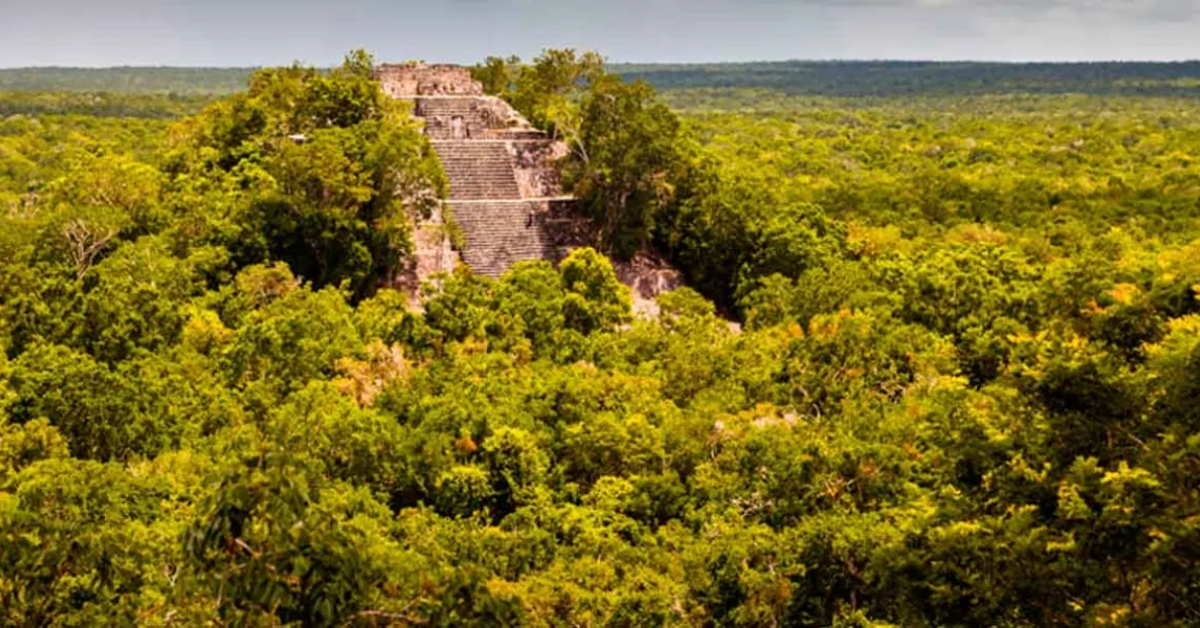In a groundbreaking discovery, archaeologists have unveiled a sprawling Mayan city hidden beneath the dense jungles of Campeche in southern Mexico. Named "Valeriana" after a nearby freshwater lagoon, the ancient metropolis was brought to light through advanced lidar technology, revealing 6,674 new structures—including pyramids reminiscent of those at Chichén Itzá and Tikal.






